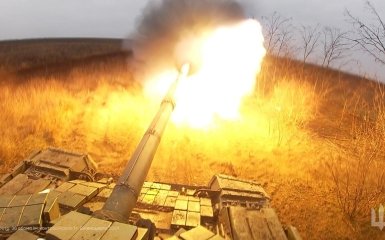In recent weeks, Russian war criminals have significantly increased the intensity of hostilities in the Tavria's direction.
What is known about the situation in Tavria's direction
According to the OSTG "Tavria", Brigadier General Oleksandr Tarnavskyi, only during the last day the Russian occupiers shelled the positions of the Ukrainian military in the Tavria direction 1,267 times.
Tarnavskyi noted that during the day, the Ukrainian military eliminated another 645 Russian invaders in the Tavria direction.
It is noted that since the beginning of the year, this has been the most significant daily rate of losses of the criminal army of the Russian Federation in the direction of Tavria.
The intensity of hostilities is increasing. The number of artillery shells fired by the enemy in our operational zone on February 12 is also the highest figure this year — 1,267. The same is true of airstrikes — 67 of them were recorded, Tarnavskyi emphasised.
What is known about the losses of the Russian army in the Taurian direction during the day
Tarnavskyi noted that the Ukrainian military destroyed 41 units of enemy military equipment over the past day.
In particular, it is:
Five tanks;
17 armoured personnel vehicles;
Eight artillery systems;
Ten vehicles;
one unit of special equipment.
In addition, the Armed Forces destroyed an enemy warehouse with ammunition and another essential object of the occupation army of the Russian Federation.
280 UAVs of various types were neutralised or destroyed. At the same time, it was possible to destroy the Lancet and ZALA attack drones (one unit each) in Donetsk region with small arms, the OSTG "Tavria" Commander said in a statement.
A dozen Russians were captured in the Avdiivka direction.




